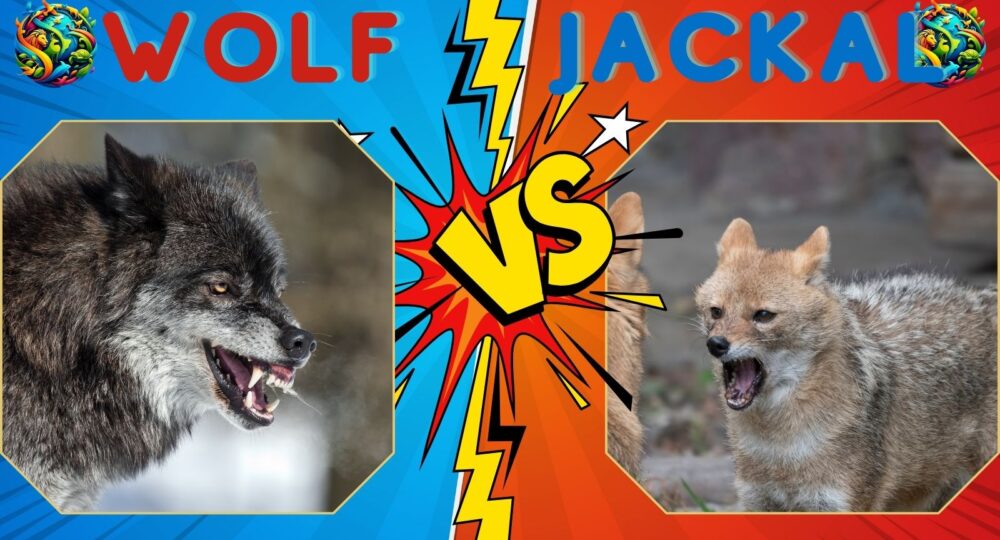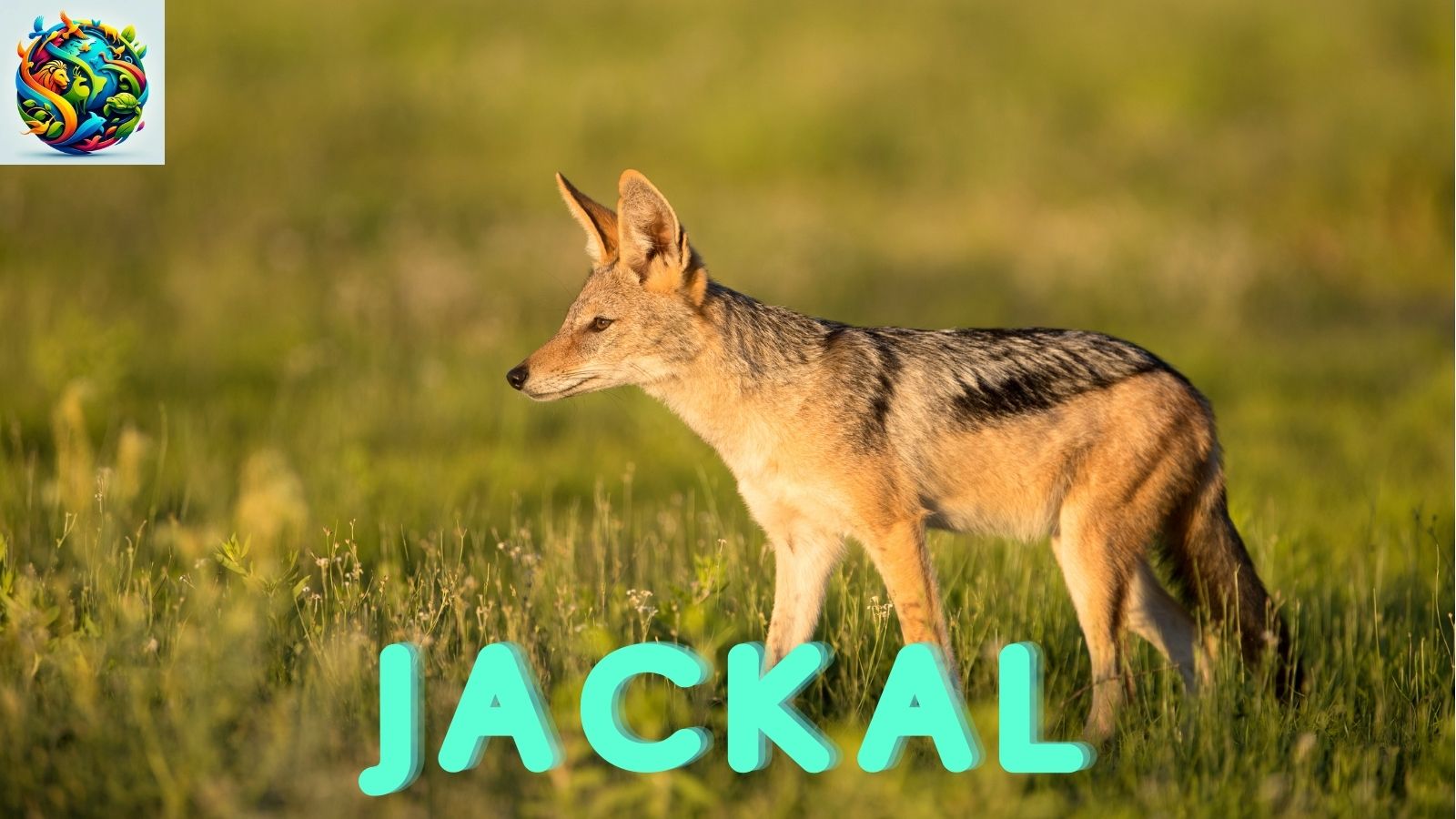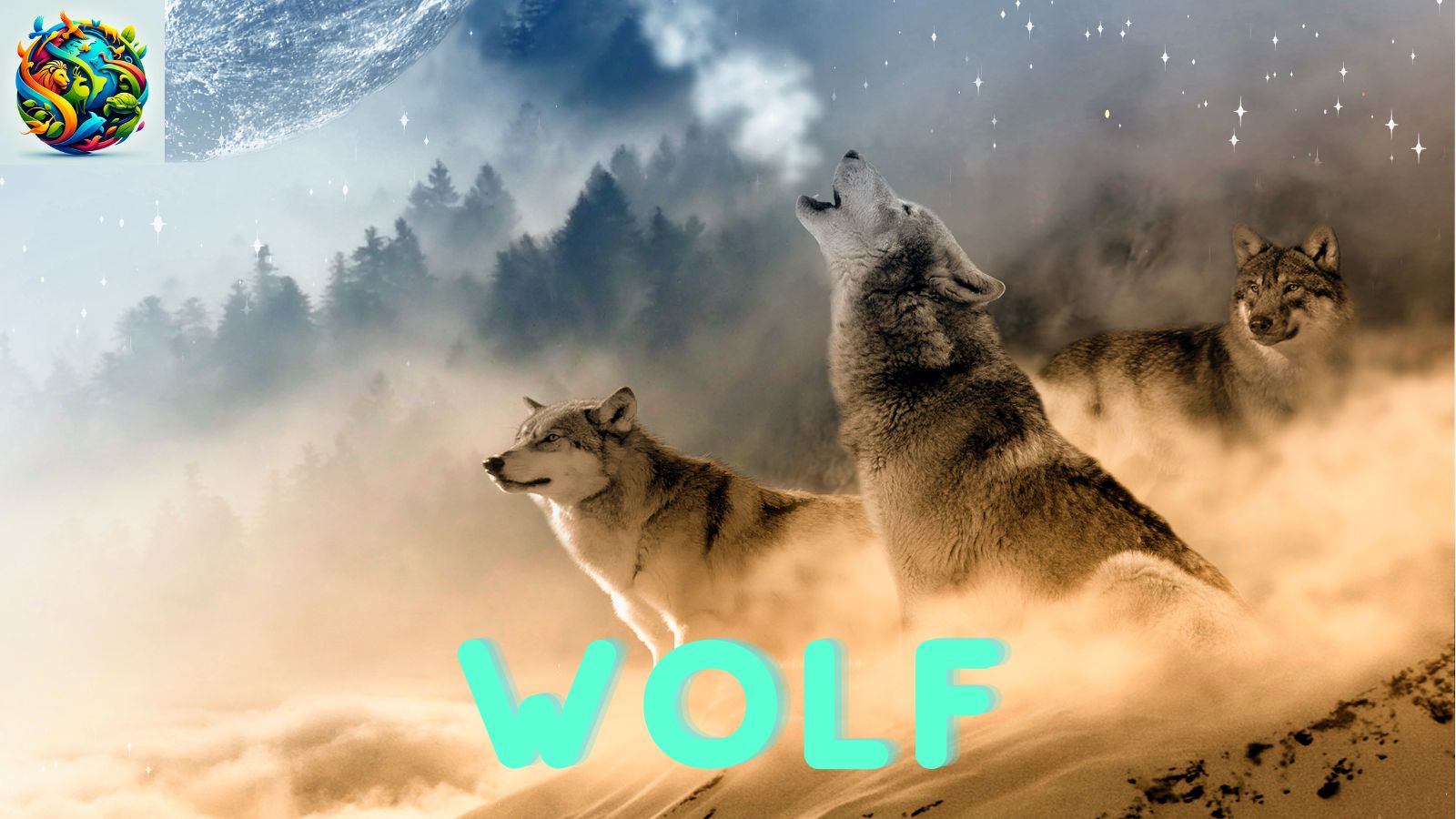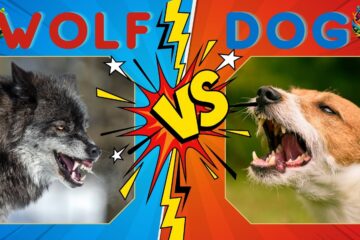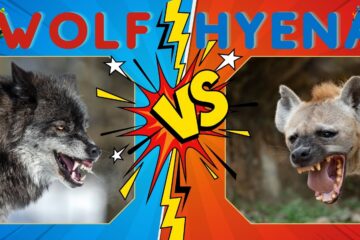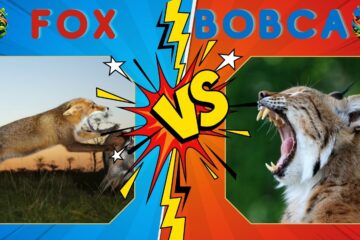Let’s compare wolves and jackals based on the following categories:
Size Matters: A Comparative Analysis
Wolves are generally larger and more robust than jackals. On average, wolves weigh between 40 and 80 kilograms (88 and 176 pounds), whereas jackals are much smaller, typically weighing between 7 and 14 kilograms (15 and 31 pounds). Wolves also have a taller and more muscular build compared to the slender and smaller-bodied jackals.
Wolf vs. Jackal: Who’s the Fastest?
Both wolves and jackals are adept runners, but jackals are generally faster over short distances. Jackals have been recorded running at speeds of up to 56 kilometres per hour (35 miles per hour), allowing them to chase down prey and evade predators efficiently. Wolves, while capable of reaching similar speeds, may not match the agility and acceleration of jackals in short bursts.
Strength Showdown: Muscle to Muscle:
Wolves possess greater strength and endurance compared to jackals. Their larger size and robust build enable them to take down larger prey and defend themselves against rival predators. Jackals, while agile and resourceful, may struggle to compete with the sheer physical power of wolves in direct confrontations. wolf vs jackal
Intelligence Face-Off: Brains vs. Brawn:
Both wolves and jackals are intelligent animals with complex social behaviors and problem-solving abilities. Wolves exhibit advanced communication systems, hierarchical social structures, and coordinated hunting strategies within their packs. Jackals are known for their cunning and adaptability, often employing stealthy tactics to scavenge for food and avoid conflicts with larger predators.
Wolf vs. Jackal: Tactics in the Wild
Wolves are apex predators that primarily hunt large ungulates such as deer, elk, and moose. They rely on teamwork, coordinated attacks, and endurance to bring down prey. Jackals are opportunistic predators and scavengers, feeding on small mammals, birds, insects, and carrion. They are skilled at exploiting food sources and adapting their hunting tactics to suit their environment. wolf vs jackal
Adaptation Wars: Surviving in Different Environments:
Wolves are highly adaptable animals found in a wide range of habitats, including forests, tundras, grasslands, and deserts. They have evolved to thrive in diverse ecosystems and climates, from the Arctic to temperate regions. Jackals are also adaptable creatures, inhabiting various environments such as savannas, deserts, scrublands, and urban areas across Africa, Asia, and southeastern Europe.
Camouflage Clash: Masters of Disguise:
Neither wolves nor jackals rely heavily on camouflage for hunting or defense. Their fur coloration may provide some degree of blending into their surroundings, but they primarily rely on stealth, speed, and agility rather than camouflage to catch prey and evade predators.
Weaponry Wars: Fangs, Claws, and More About Wolf vs. Jackal:
Both wolves and jackals possess sharp teeth and claws for hunting, but wolves have larger and more powerful jaws suited for taking down larger prey. Wolves also have a stronger bite force compared to jackals, enabling them to crush bones and subdue struggling prey more effectively.
Social Structures: wolf vs jackal
Wolves are highly social animals that live and hunt in cohesive family units known as packs. These packs are hierarchical, with dominant alpha individuals leading the group. Jackals, on the other hand, exhibit more flexible social structures, ranging from solitary individuals to small family groups or loose associations known as packs. They may form temporary alliances with other jackals for hunting or defense, but generally do not have as rigid a social hierarchy as wolves.
Lifespan Battles: Longevity in the Animal Kingdom:
In terms of lifespan, wolves generally live longer than jackals in the wild. Wolves can live up to 6 to 8 years in the wild, with some individuals reaching up to 10 to 13 years. Jackals have a shorter lifespan, typically living up to 8 to 10 years in the wild, although they may live longer in captivity.
These comparisons highlight the unique characteristics and ecological roles of wolves and jackals, showcasing their adaptations and strategies for survival in different environments and ecosystems.
Conclusion of wolf vs jackal
